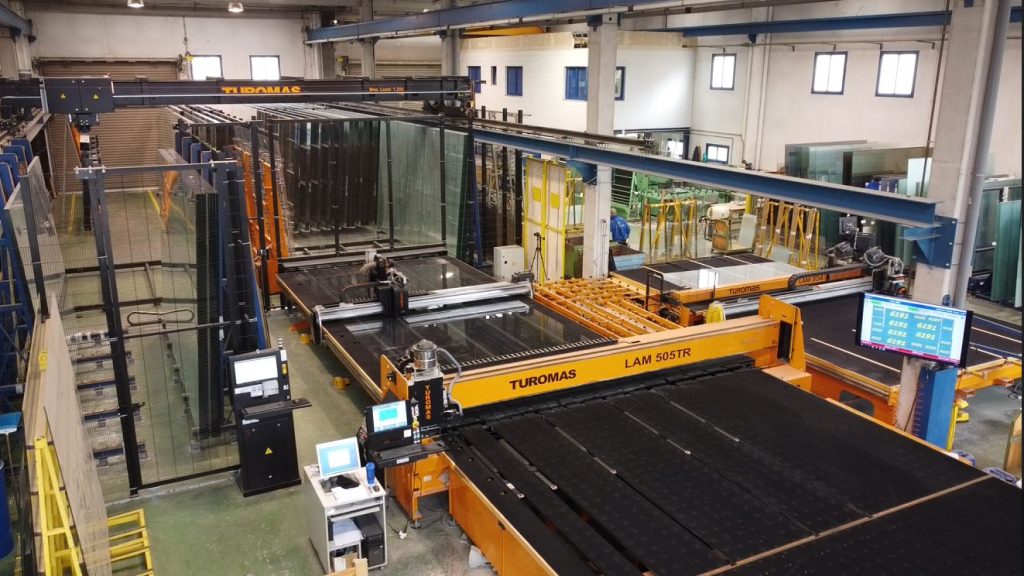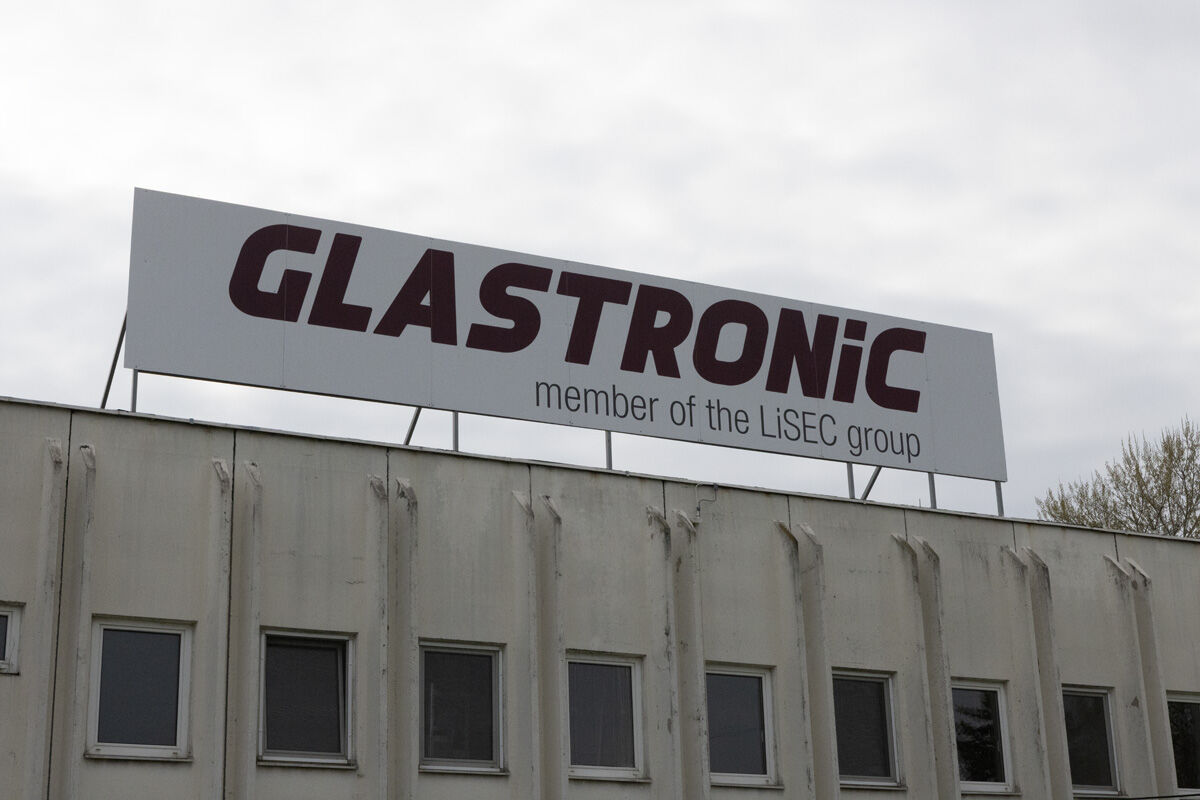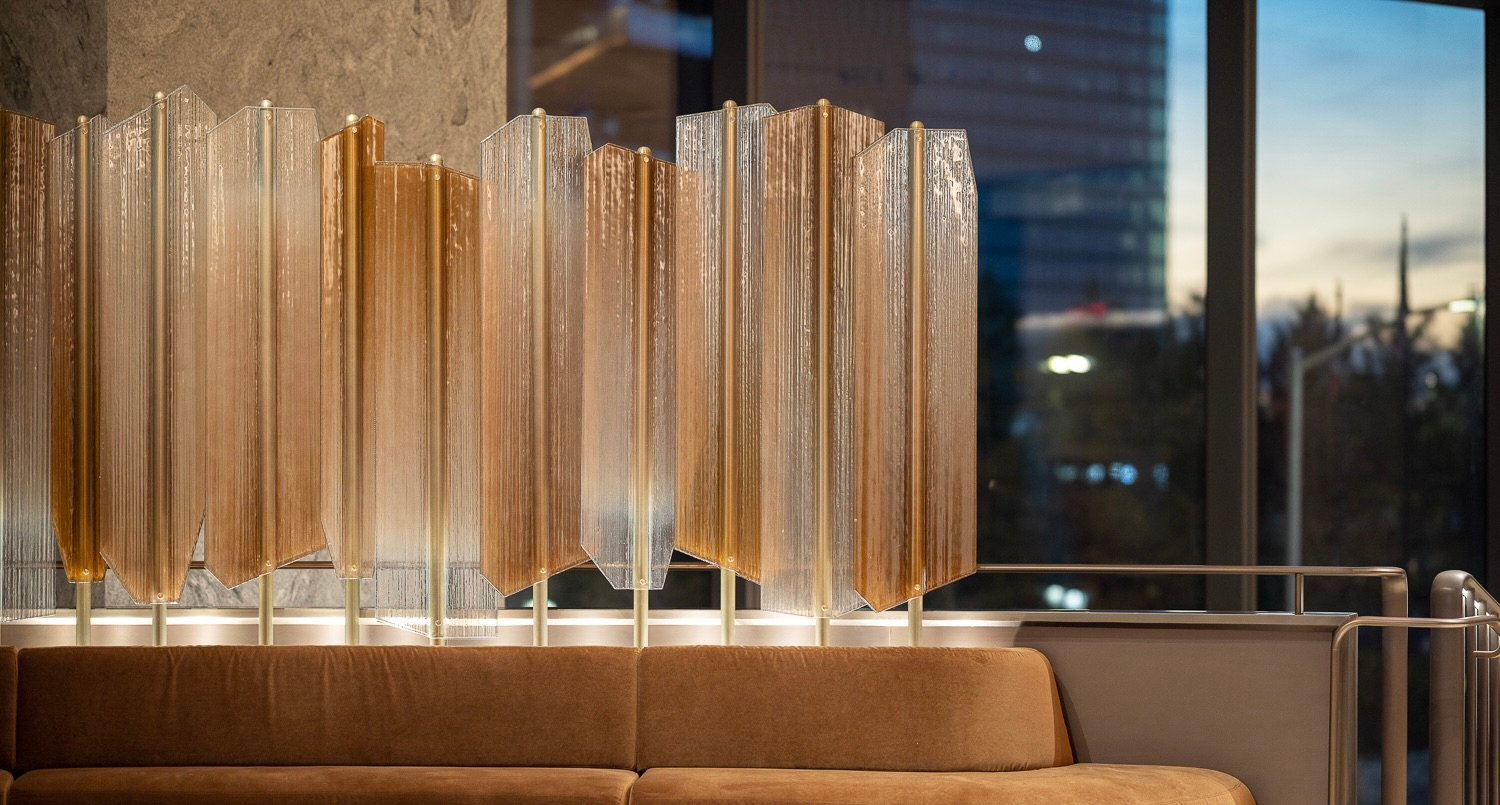The 2025 Venice Architecture Biennale has become a stage for a breakthrough in the glass industry, with the installation Pylon of Permanence presenting Water-Filled Glass (WFG), an innovative glazing system designed to transform the role of glass in sustainable architecture.
While glass remains one of the most widely used materials in modern construction, its embodied and operational carbon footprint is higher than concrete, steel, or brick. The WFG system offers a radical alternative by integrating a thin layer of circulating water within glass panels. This water absorbs solar energy, redistributes heat, and stabilizes interior temperatures, effectively turning façades into active energy regulators rather than passive enclosures.
Developed by Dr. Mátyás Gutai and advanced through research at Loughborough University in collaboration with Water-Filled Glass Ltd and Hydro Building Systems – Wicona, the technology highlights the glass industry’s growing commitment to low-carbon innovation. Beyond new builds, WFG shows strong potential for retrofitting projects. Installed as a secondary skin, it can cut operational energy use while minimizing disruption to existing structures.
Industry experts suggest that widespread adoption could reduce global building emissions by over 500 million tons annually, marking a decisive shift in the future of architectural glass.
Source: La Biennale di Venezia with additional information added by Glass Balkan







